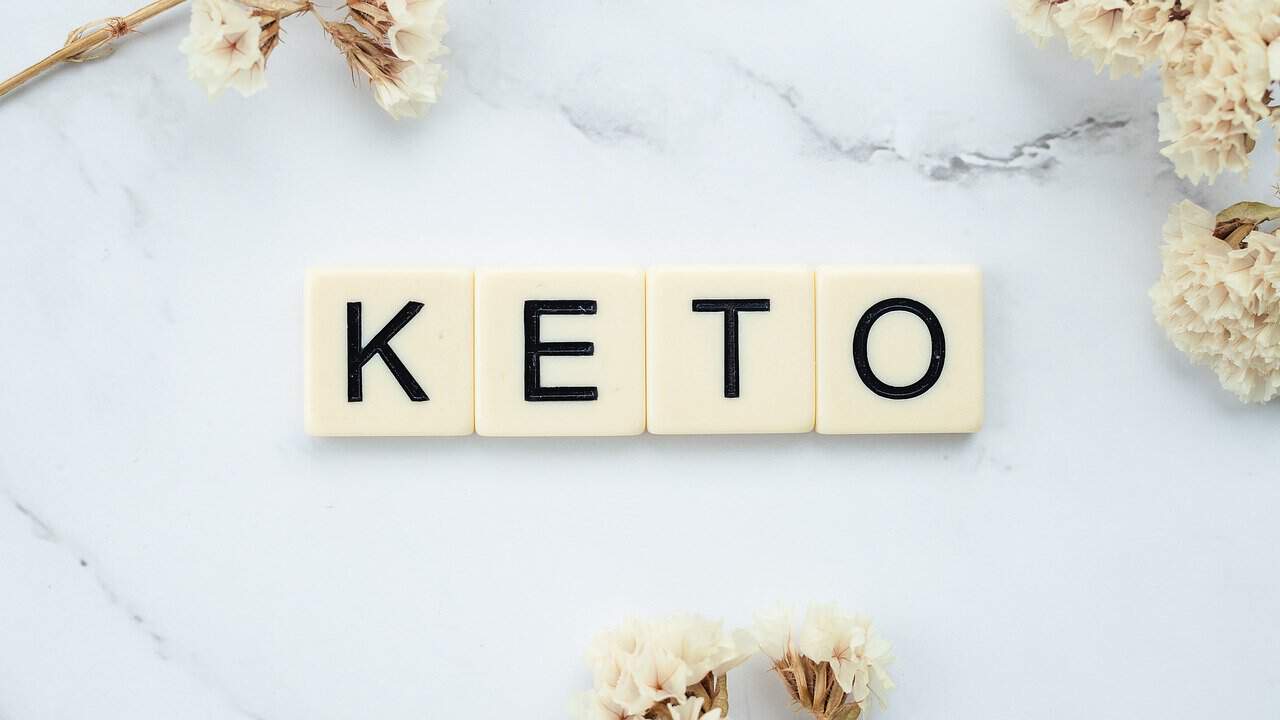Foods You Can Eat on Keto: A Comprehensive Guide for Weight Loss Success
Estimated Reading Time: 5 minutes
- Understanding the importance of keto-friendly food categories.
- Identifying key food groups to help you lose weight effectively.
- Practical tips for meal planning on a ketogenic diet.
- Key mechanisms behind weight loss on the keto diet.
- Important considerations to keep in mind while on keto.
Table of Contents
- Understanding the Keto Diet
- Core Keto Food Groups for Weight Loss
- Top 25 Keto Fat-Loss Foods
- Key Mechanisms for Weight Loss
- Critical Considerations
- Practical Takeaways for Your Keto Journey
- Conclusion
- FAQ
Understanding the Keto Diet
The ketogenic diet, also known as keto, typically consists of a low-carbohydrate, high-fat, and moderate-protein intake. The goal is to place your body in a metabolic state called ketosis, where it efficiently burns fat for energy. To achieve this, you’ll need to shift your macronutrient intake to roughly 70–80% fat, 5–10% carbohydrates, and 10–20% protein (source).
Core Keto Food Groups for Weight Loss
1. Animal Proteins
Animal-based proteins are crucial for a successful keto diet. Here are some top choices:
- Grass-fed beef and pasture-raised poultry: These are rich in essential amino acids, which help to promote satiety and reduce overall calorie intake (source).
- Eggs: This versatile protein source is packed with nutrients and supports eye health thanks to its lutein and zeaxanthin content (source).
- Wild-caught salmon: Not only is salmon rich in omega-3 fatty acids, but it also provides a hearty dose of vitamin D and protein (source).
2. Low-Carb Vegetables
Vegetables are essential for providing dietary fiber, vitamins, and minerals, which balance your diet. Focus on the following:
- Leafy greens: Spinach, kale, and Swiss chard are low in carbs yet high in fiber, iron, and vitamin K (source).
- Cruciferous vegetables: Broccoli and cauliflower are examples that bring antioxidants and a high fiber content (source).
- Miscellaneous options: Avocados, olives, and zucchini are excellent choices for healthy fats and low net carbs (source).
3. Nuts, Seeds, and Oils
These plant-based fats are ideal for a keto diet:
- Nuts: Almonds, macadamia nuts, and walnuts are all low-carb options at about 1–3g net carbs per ounce (source).
- Seeds: Chia seeds and flaxseeds not only fit the low-carb criteria but also pack a punch in terms of omega-3 fatty acids (source).
- Healthy oils: Extra virgin olive oil and coconut oil are excellent sources of healthy fats that can enhance weight loss. Coconut oil, in particular, is rich in medium-chain triglycerides (MCTs), which can facilitate ketosis (source).
4. Dairy and Fats
Full-fat dairy products are an important part of the diet as they are satiating and nutrient-rich:
- Butter and hard cheeses: These provide slow-digesting fats, which can help curb hunger (source).
- Avoid sugary yogurts or milk: These contain high lactose content, which is detrimental on a keto diet (source).
Top 25 Keto Fat-Loss Foods
To help you get started, here’s a concise list of top keto-friendly foods accompanied by their categories:
| Category | Examples |
|---|---|
| Proteins | Grass-fed beef, salmon, eggs |
| Vegetables | Spinach, avocado, cauliflower, zucchini |
| Fats/Oils | Olive oil, coconut oil, macadamia nuts |
| Beverages | Black coffee, matcha green tea |
| Snacks | Dark chocolate (90%+), peanut butter |
Key Mechanisms for Weight Loss
To successfully lose weight on a keto diet, it’s important to familiarize yourself with how these food groups contribute to fat loss and overall health:
- Macronutrient Balance: Keeping your intake at 70–80% fats allows your body to enter ketosis efficiently (source).
- Fiber-Rich Foods: Foods such as leafy greens and chia seeds reduce blood sugar spikes and promote a feeling of fullness (source).
- MCTs and Ketone Production: Coconut oil’s unique fats help produce ketones that serve as an energy source during ketosis (source).
- Protein moderation: It’s crucial to avoid excessive protein consumption, which can lead to gluconeogenesis—the conversion of protein into glucose (source).
Critical Considerations
When embarking on your keto journey, here are key points to remember:
- Portion Control: While nuts and seeds are healthy, they are also calorie-dense. Overconsumption can hinder your weight loss efforts (source).
- Net Carbs: Aim for foods with ≤5g net carbs per serving—subtract fiber from total carbohydrates to find this number (source).
- Focus on Whole Foods: Avoid processed “keto-friendly” snacks with artificial additives (source).
- Electrolytes: Incorporate leafy greens and nuts in your diet to help counteract keto flu symptoms like fatigue (source).
Practical Takeaways for Your Keto Journey
- Start by stocking your pantry with the core keto food groups mentioned above.
- Plan your meals to include a variety of proteins, low-carb vegetables, healthy fats, and whole foods.
- Keep track of your carb intake, ensuring you remain within your target levels to maintain ketosis.
Conclusion
With the right knowledge and preparation, incorporating a variety of keto-friendly foods into your diet can accelerate your weight loss journey while promoting lasting health benefits. By choosing whole foods, focusing on balanced macronutrient ratios, and utilizing the incredible potential of the keto diet, you’ll be on your way to achieving your weight loss goals.
Explore More: For insightful tips, delicious recipes, and personalized guidance on navigating your keto journey, don’t hesitate to delve into our extensive content available on the Keto On A Budget website.
Disclaimer: Always consult a healthcare professional before starting any new diet or health regimen. Individual needs may vary based on medical history and personal circumstances.
